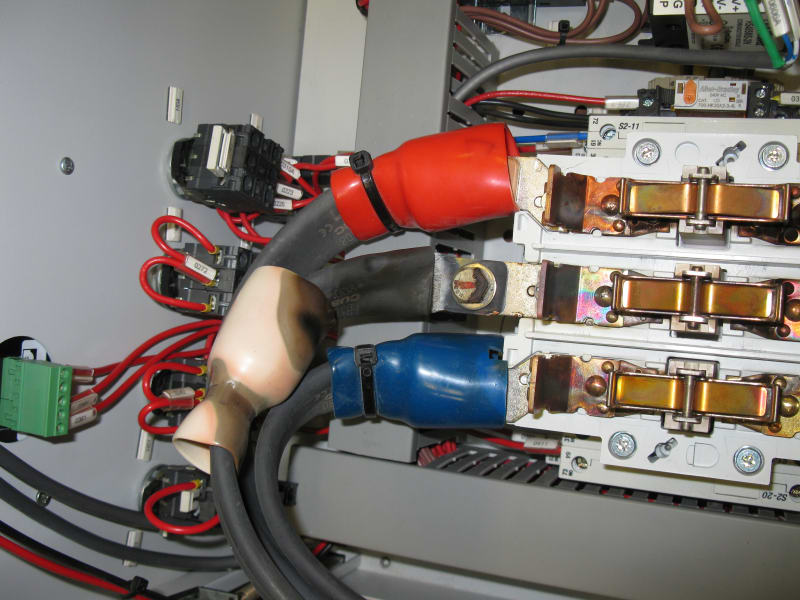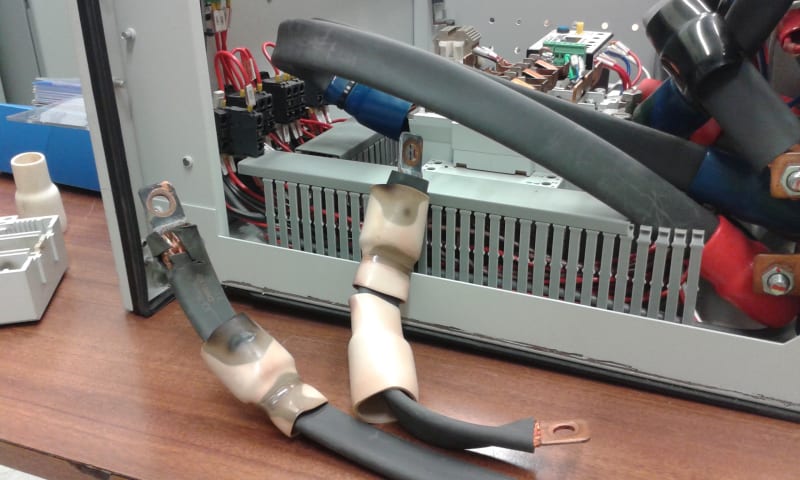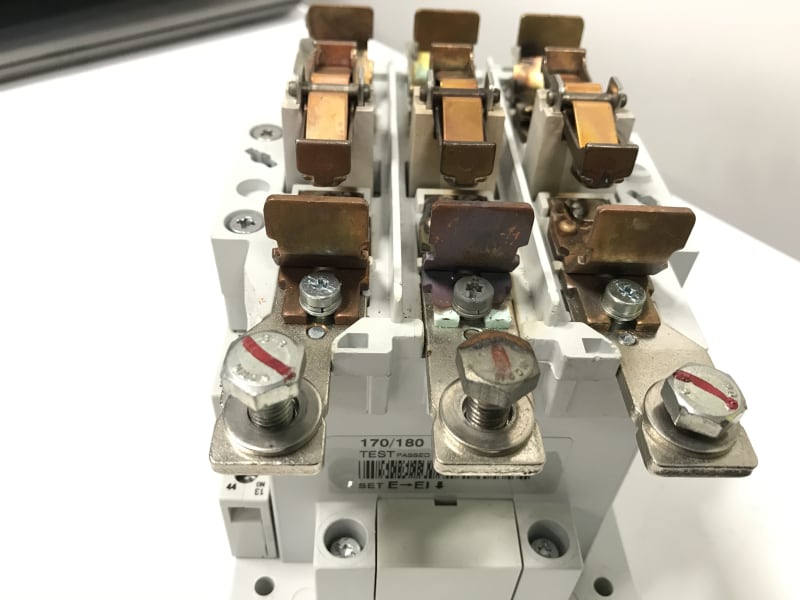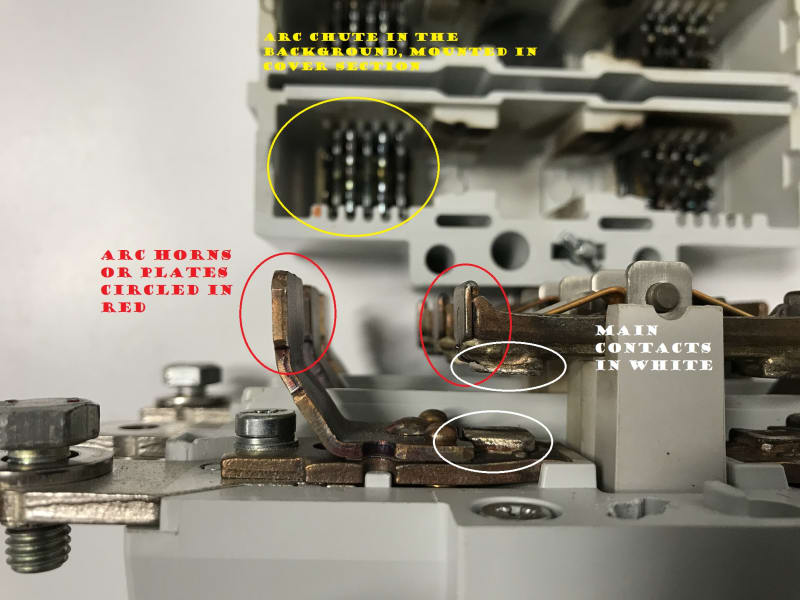Dear Mr. SolarPrestige
" ... When I am next working from work, I will unscrew the fixed terminal and have a look underneath it. Currently at home avoiding too much human contact (Covid 19). ..." Have a nice day.
I noticed that there are 34 replies as to date. A subject of importance and interest.
I had submitted my opinion earlier and would like to add the following:
a) there are six terminations on the contactor presumably with the same conductor size, method of connection, including type of terminal lug, etc. Only one terminal is over-heated,
b) there are twelve contact points (fixed and moving). No sign of over-heating,
c) there must be another three connection terminals at the up-stream breaker/fuse and another three or six connections on the motor (depending on the method of starting). There is no over-heating reported,
d) it is likely that there are many more starters with connection carryout in the same method in the same MCC. No over-heating is reported.
Bottom line: it happens only on one of many terminations carried out in the same method.
Possible causes: poor workmanship, foreign partials in between contact surfaces, loose connection, not checked with proper torque tool, etc.
Che Kuan Yau (Singapore)






